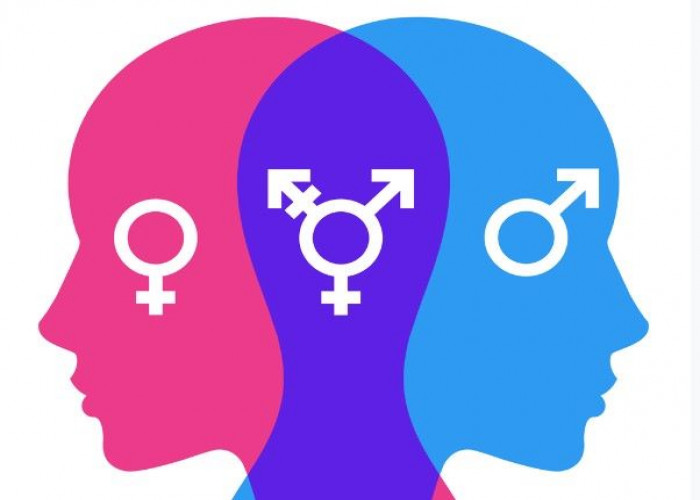 Welcome
Welcome
“May all be happy, may all be healed, may all be at peace and may no one ever suffer."
Gender dysphoria
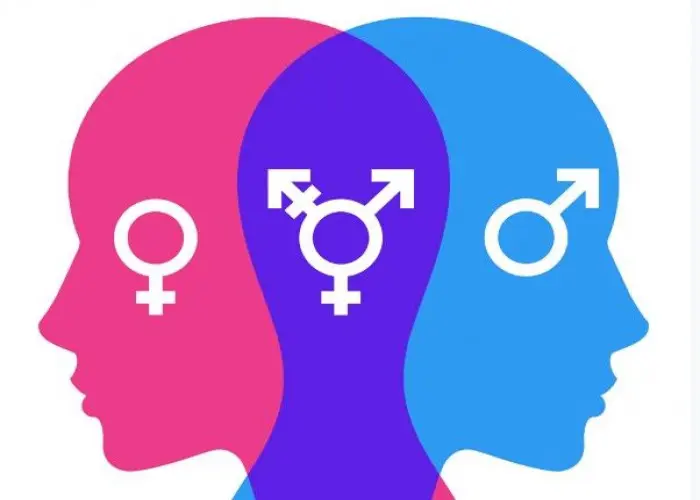
Gender dysphoria is a medical term used to describe the distress or discomfort that some individuals experience when their gender identity does not match the sex they were assigned at birth. People who experience gender dysphoria may feel like they are living in the wrong body or that they do not fit into the gender roles and expectations that society has for them based on their assigned sex.
Gender dysphoria is not a mental illness, but rather a medical condition that can be treated. Treatment options may include hormone therapy, surgery, and counseling. The goal of treatment is to alleviate the distress and discomfort associated with gender dysphoria and to help individuals live as their authentic selves.
It is important to note that everyone's experience with gender dysphoria is unique, and there is no one "right" way to be transgender or non-binary. It is also important to support and respect individuals who experience gender dysphoria and to advocate for their rights and well-being.
Research Papers
Disease Signs and Symptoms
- Transgender
- A strong desire for the primary or secondary sex characteristics of the other gender
- A strong desire to be of the other gender or an alternate gender different from the assigned gender
- A strong desire to be treated as the other gender or an alternate gender different from the assigned gender
Disease Causes
Disease Prevents
Disease Treatments
Treatment can help people who have gender dysphoria explore their gender identity and find the gender role that feels comfortable for them, easing distress. However, treatment should be individualized. What might help one person might not help another.
Treatment options might include changes in gender expression and role, hormone therapy, surgery, and behavioral therapy.
If you have gender dysphoria, seek help from a doctor who has expertise in the care of gender-diverse people.
When coming up with a treatment plan, your provider will screen you for mental health concerns that might need to be addressed, such as depression or anxiety. Failing to treat these concerns can make it more difficult to explore your gender identity and ease gender dysphoria.
Changes in gender expression and role
This might involve living part time or full time in another gender role that is consistent with your gender identity.
Medical treatment
Medical treatment of gender dysphoria might include:
- Hormone therapy, such as feminizing hormone therapy or masculinizing hormone therapy
- Surgery, such as feminizing surgery or masculinizing surgery to change the chest, external genitalia, internal genitalia, facial features and body contour
Some people use hormone therapy to seek maximum feminization or masculinization. Others might find relief from gender dysphoria by using hormones to minimize secondary sex characteristics, such as breasts and facial hair.
Treatments are based on your goals and an evaluation of the risks and benefits of medication use. Treatments may also be based on the presence of any other conditions and consideration of your social and economic issues. Many people also find that surgery is necessary to relieve their gender dysphoria.
The World Professional Association for Transgender Health provides the following criteria for hormonal and surgical treatment of gender dysphoria:
- Persistent, well-documented gender dysphoria.
- Capacity to make a fully informed decision and consent to treatment.
- Legal age in a person's country or, if younger, following the standard of care for children and adolescents.
- If significant medical or mental concerns are present, they must be reasonably well controlled.
Additional criteria apply to some surgical procedures.
A pre-treatment medical evaluation is done by a doctor with experience and expertise in transgender care before hormonal and surgical treatment of gender dysphoria. This can help rule out or address medical conditions that might affect these treatments This evaluation may include:
- A personal and family medical history
- A physical exam
- Lab tests
- Assessment of the need for age- and sex-appropriate screenings
- Identification and management of tobacco use and drug and alcohol misuse
- Testing for HIV and other sexually transmitted infections, along with treatment, if necessary
- Assessment of desire for fertility preservation and referral as needed for sperm, egg, embryo or ovarian tissue cryopreservation
- Documentation of history of potentially harmful treatment approaches, such as unprescribed hormone use, industrial-strength silicone injections or self-surgeries
Behavioral health treatment
This treatment aims to improve your psychological well-being, quality of life and self-fulfillment. Behavioral therapy isn't intended to alter your gender identity. Instead, therapy can help you explore gender concerns and find ways to lessen gender dysphoria.
The goal of behavioral health treatment is to help you feel comfortable with how you express your gender identity, enabling success in relationships, education and work. Therapy can also address any other mental health concerns.
Therapy might include individual, couples, family and group counseling to help you:
- Explore and integrate your gender identity
- Accept yourself
- Address the mental and emotional impacts of the stress that results from experiencing prejudice and discrimination because of your gender identity (minority stress)
- Build a support network
- Develop a plan to address social and legal issues related to your transition and coming out to loved ones, friends, colleagues and other close contacts
- Become comfortable expressing your gender identity
- Explore healthy sexuality in the context of gender transition
- Make decisions about your medical treatment options
- Increase your well-being and quality of life
Therapy might be helpful during many stages of your life.
A behavioral health evaluation may not be required before receiving hormonal and surgical treatment of gender dysphoria, but it can play an important role when making decisions about treatment options. This evaluation might assess:
- Gender identity and dysphoria
- Impact of gender identity in work, school, home and social environments, including issues related to discrimination, abuse and minority stress
- Mood or other mental health concerns
- Risk-taking behaviors and self-harm
- Substance misuse
- Sexual health concerns
- Social support from family, friends and peers — a protective factor against developing depression, suicidal thoughts, suicide attempts, anxiety or high-risk behaviors
- Goals, risks and expectations of treatment and trajectory of care
Other steps
Other ways to ease gender dysphoria might include use of:
- Peer support groups
- Voice and communication therapy to develop vocal characteristics matching your experienced or expressed gender
- Hair removal or transplantation
- Genital tucking
- Breast binding
- Breast padding
- Packing
- Aesthetic services, such as makeup application or wardrobe consultation
- Legal services, such as advanced directives, living wills or legal documentation
- Social and community services to deal with workplace issues, minority stress or parenting issues
Disease Diagnoses
Disease Allopathic Generics
Disease Ayurvedic Generics
Disease Homeopathic Generics
Disease yoga
Gender dysphoria and Learn More about Diseases

Plague
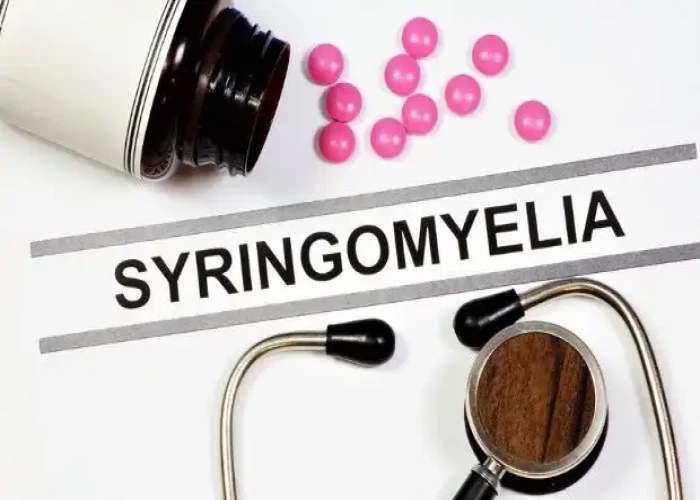
Syphilis

Carbon monoxide poisoning

Ice cream headaches
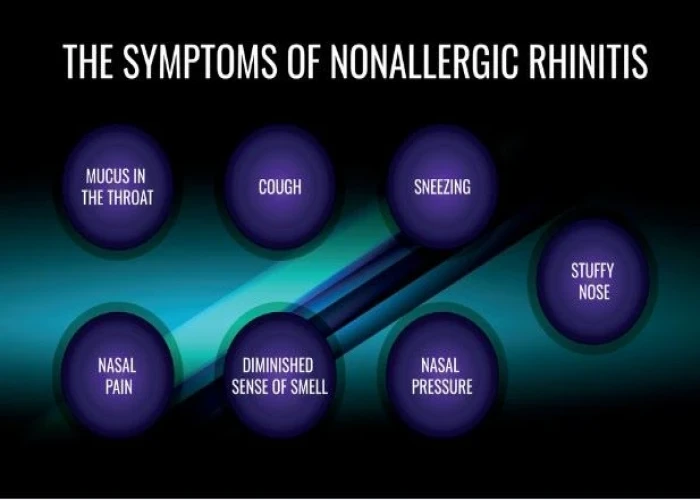
Nonallergic rhinitis

Broken ribs
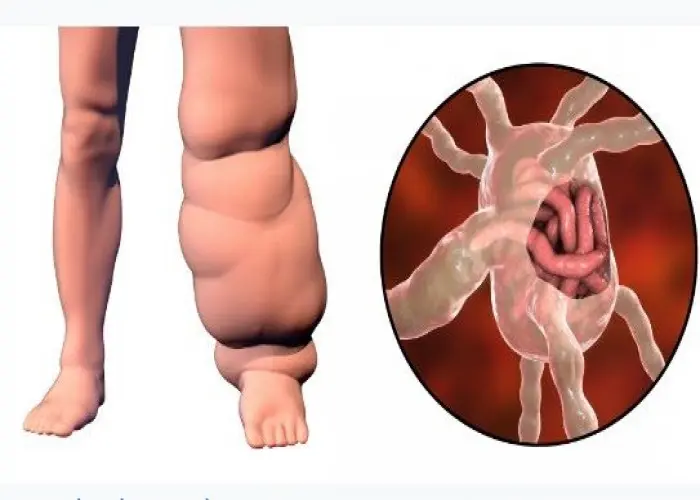
Filaria
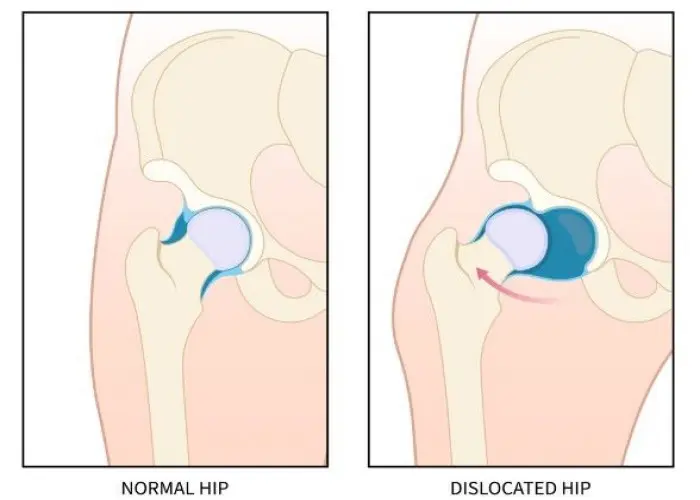
Hip impingement
gender dysphoria, জেন্ডার ডিসফোরিয়া
To be happy, beautiful, healthy, wealthy, hale and long-lived stay with DM3S.
